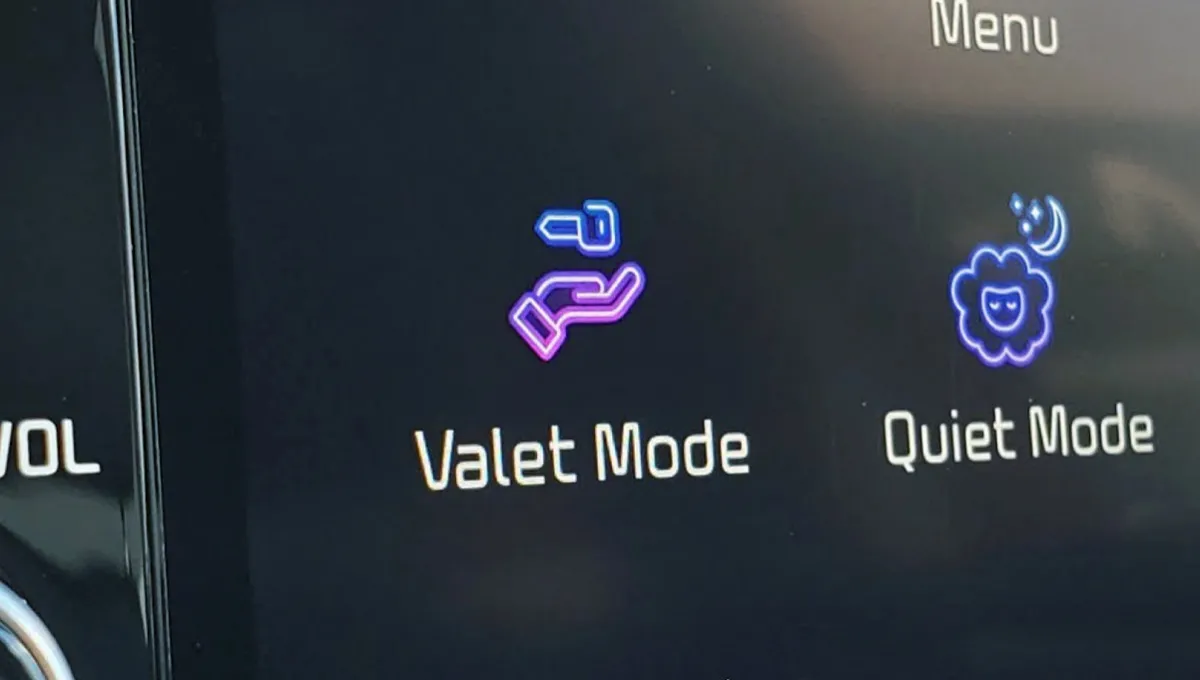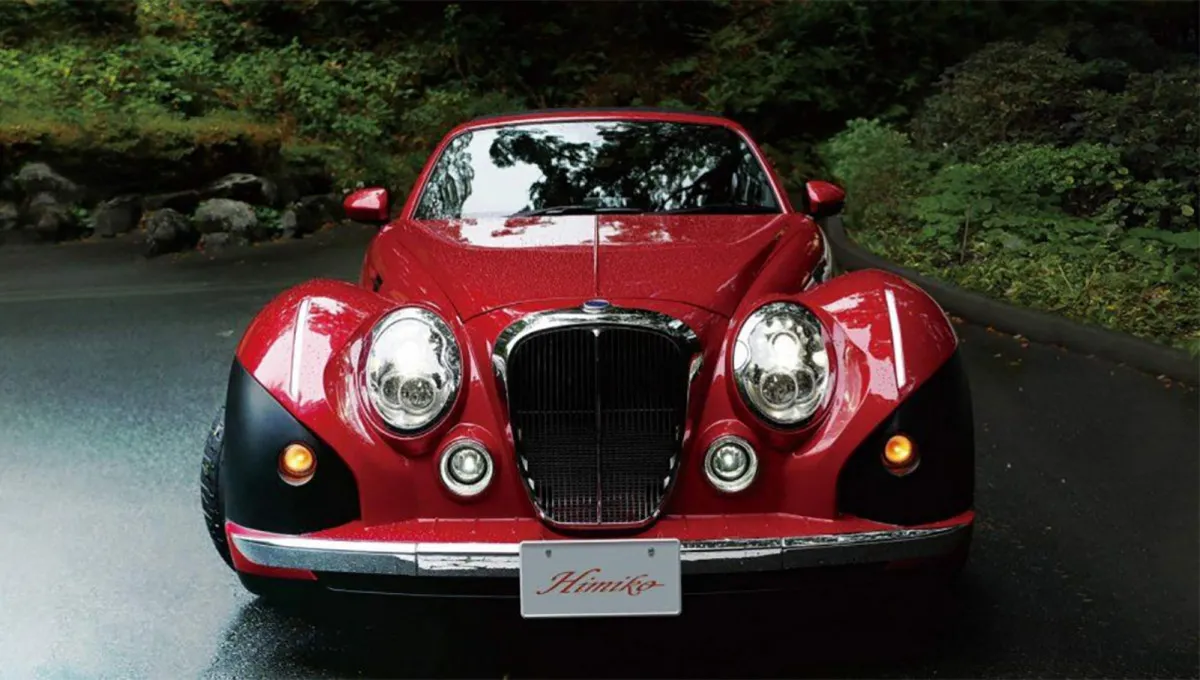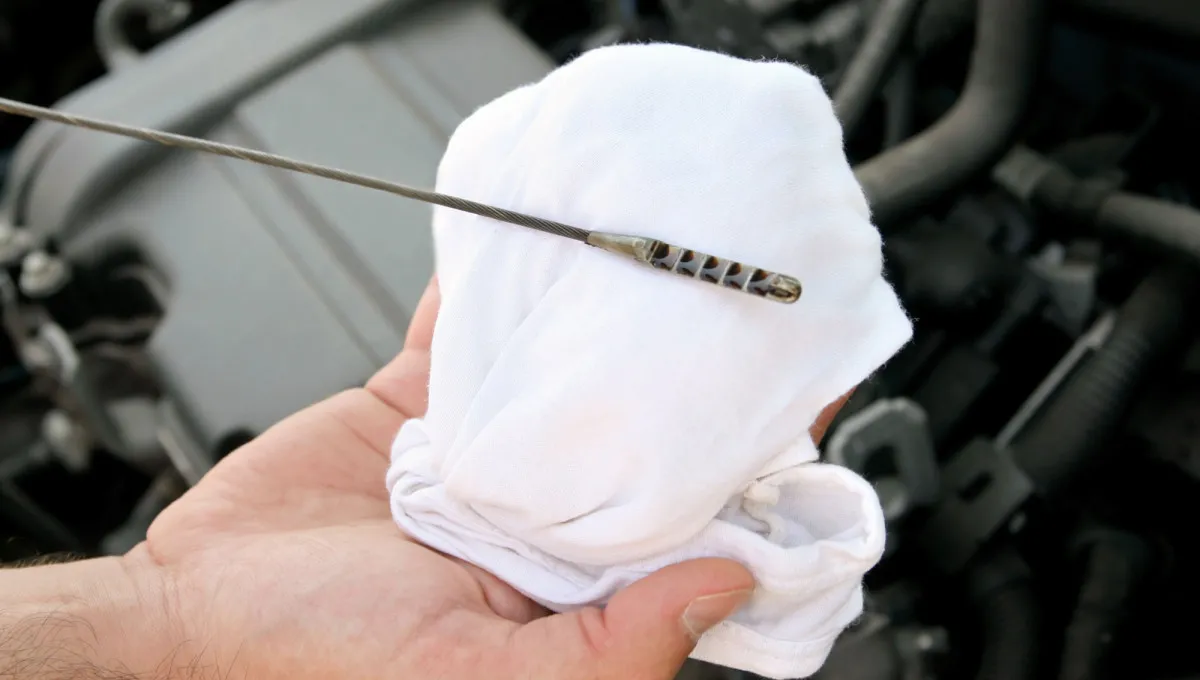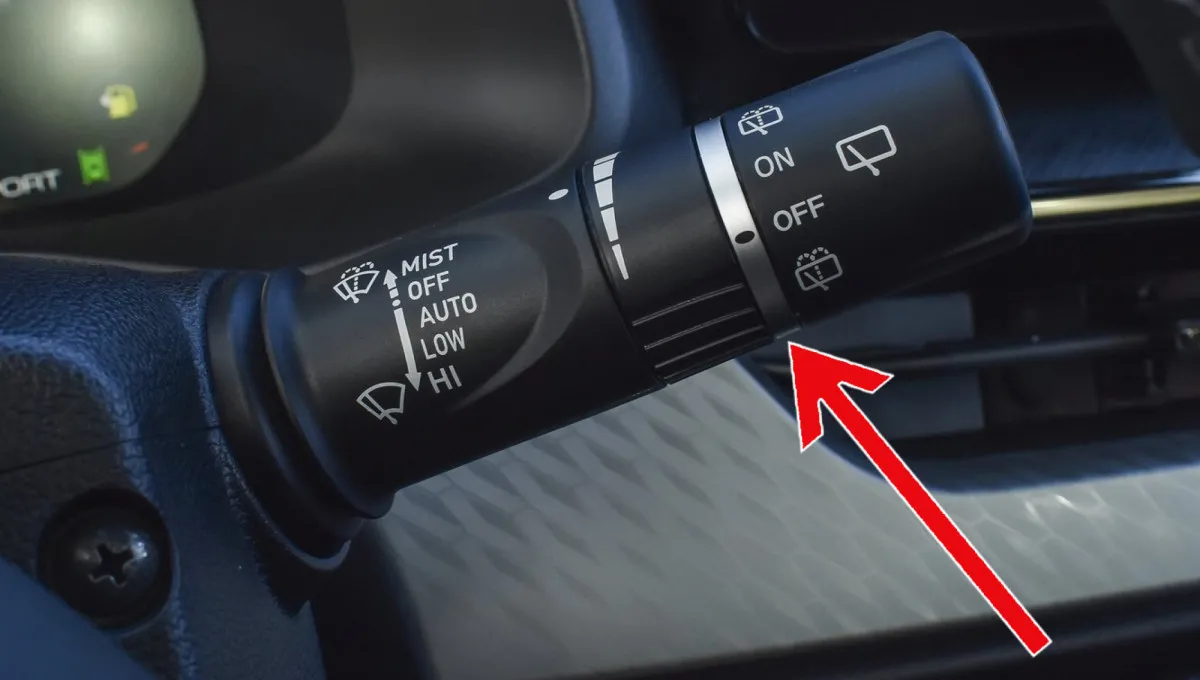The Most Fuel-Efficient Speed for Your Car: A Tip for American Drivers
Many drivers notice that a car can burn fuel very differently even on the same stretch of road.

Many drivers have seen it firsthand: one day the fuel gauge barely moves, and on another the tank seems to evaporate. The automotive outlet Auto30.com decided to find out how much your cruising speed really affects fuel economy.
To conduct a clean test, researchers chose a 100-mile highway stretch—flat, with no traffic jams or sharp curves. The test vehicle was a 2022 Ford F-150 with a 3.3L Ti-VCT V6. The route was divided into three equal segments, and on each run the driver maintained a steady speed. After every loop, the team recorded the fuel consumption.
The results were clear: driving too slowly isn’t a magic solution. When the engine spends a long time in low gears, fuel is burned slowly but continuously. However, at higher speeds the engine starts “drinking” gas much faster, and aerodynamic drag rises dramatically.
Another finding surprised many: the common belief that air conditioning always hurts fuel economy isn’t entirely accurate. With the windows down, the body loses aerodynamic efficiency and drag increases. On the highway it’s often more efficient to close the windows and use the A/C—the vehicle may actually burn slightly less fuel than with the windows open.
The experiment began with a steady cruise at about 52 mph (≈84 km/h) on a 19-mile segment. The truck drove smoothly, and the onboard computer showed a solid result of about 23.1 mpg (≈10.2 L/100 km). The data was reset before the second run.
Next, the driver increased speed to 58 mph (≈94 km/h). It doesn’t sound like a big jump, but fuel economy dropped to 21.6 mpg (≈10.9 L/100 km). Even a small bump in speed noticeably affected fuel consumption.
The third run averaged 65 mph (≈104 km/h), and fuel economy fell further to about 19.9 mpg (≈11.8 L/100 km). Higher revs, more drag, more stress on the engine—no surprises here.
To complete the picture, the test was repeated in city conditions. Stop-and-go driving, lights, traffic, and constant accelerations pushed fuel consumption above 18 mpg (≈13 L/100 km)—a typical outcome for urban trips.
After all the measurements, the conclusion was simple: the most fuel-efficient cruising range for most vehicles is about 50–56 mph (≈80–90 km/h). In that window, the engine runs smoothly and burns the least fuel.
For vehicles with larger, more powerful engines—say, a 5.0L V8—the numbers will be higher, but the principle remains the same: a moderate cruising speed is almost always the most economical.
You may also be interested in the news:

Most Americans Don’t Know This: How to Use Valet Mode and Why You Really Need It
Most car owners overlook a simple feature in their vehicles that can change how you manage your car completely.

The 2011 Himiko Electric Sports Car: A Retro-Style Gem Ahead of Its Time
The very idea of a “sports car” and an “EV” usually implies something brand-new, futuristic, and packed with cutting-edge tech.

Five Ways to Remove Scratches From Your Car’s Plastic Interior
Every car owner wants their cabin to look as clean and well-kept as possible.

Many Americans don’t know which motor oil is meant for which weather
Once real winter weather arrives, everyday driving suddenly gets tougher. A cold morning start can feel like a gamble.

Vital Winter Tip: The One Car Setting You Must Turn Off Before It's Too Late
This common car feature is a silent winter menace. Ignoring one switch can lead to a startling and expensive morning surprise.